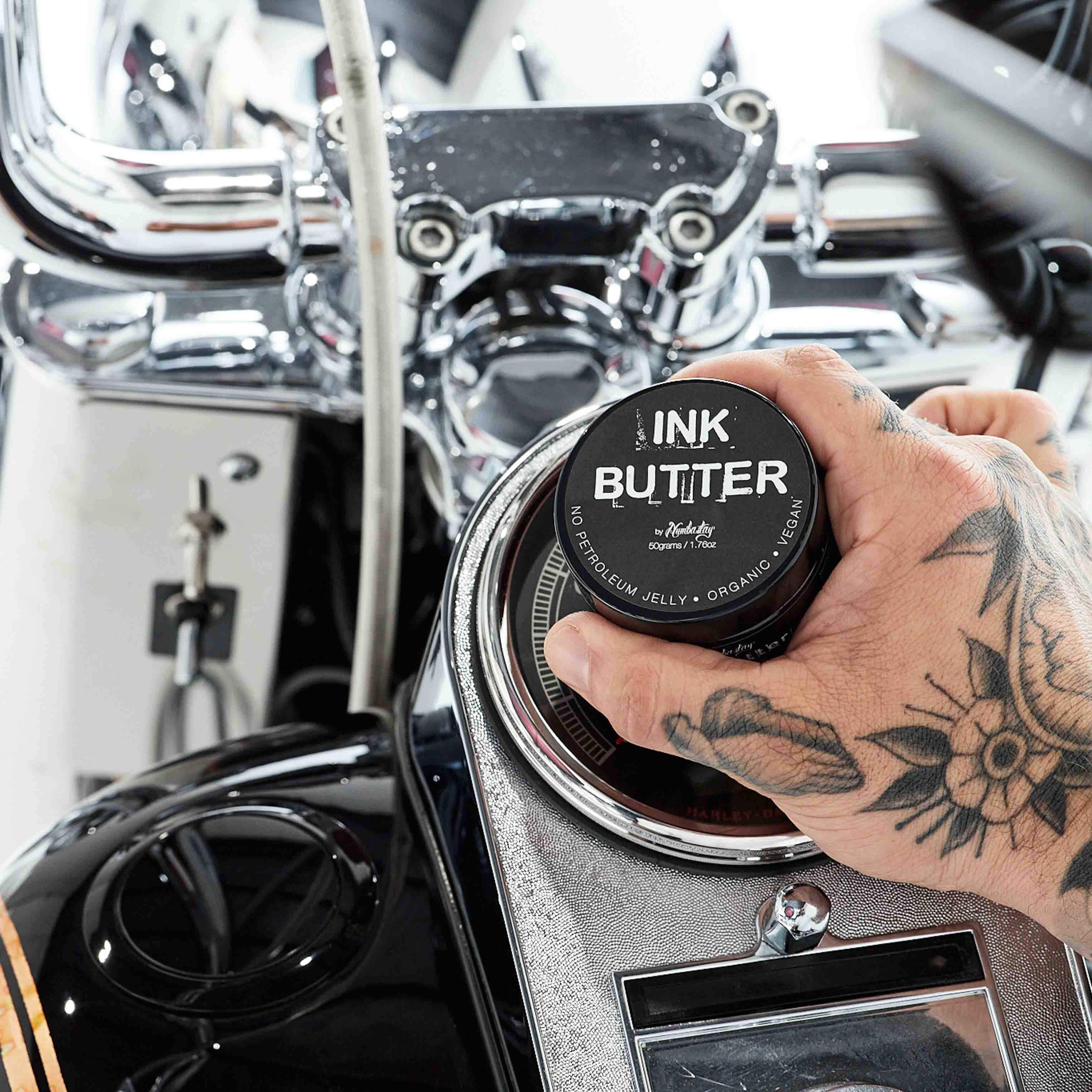Can I swim in chlorine with a new tattoo?
You’ve invested time, thought, and trust into the creation of your new tattoo. From conceptualising the design, to finding the perfect tattoo artist and enduring the tattooing process, it’s been a journey. Now, with your fresh ink adorning your Skin Numbing Cream, the temptation to showcase it at the beach or a friend's pool party might be irresistible. However, before you dive in, it's crucial to understand the implications of swimming in chlorine with a new tattoo and how to navigate this delicate phase of aftercare, always made easier with Numbastay aftercare products.

How long should you wait before swimming in chlorine with a new tattoo? The answer isn't straightforward. Each tattoo and individual heals differently, influenced by factors such as size, location, and personal healing speed. Generally, it's advisable to wait until your tattoo has completed the stages of itching, scabbing, and peeling before exposing it to water. If uncertain, seeking guidance from your tattoo artist can provide valuable insight into your specific situation.
What are the risks of swimming with a new tattoo? Submerging a fresh tattoo in water, particularly untreated water like pools, lakes, or oceans, poses several risks:
- Infection: Open wounds, including fresh tattoos, are vulnerable to bacterial contamination. Swimming in unclean water increases the risk of infection, potentially leading to complications such as sepsis, characterised by swelling, fevers, and other symptoms requiring medical attention.
- Skin Irritation: Swimming too soon after getting a tattoo can prolong the healing process and exacerbate symptoms like itching and peeling. Exposure to chemicals like chlorine in pools can trigger contact dermatitis, a painful skin rash accompanied by blistering, swelling, and itching.
- Fading and Blurring: Chlorine and saltwater are harsh on fresh tattoos, causing ink to leach out and resulting in blurred, patchy, or faded designs. Swimming too soon can compromise the vibrancy and detail of your new ink.
- Is it possible to waterproof a tattoo for swimming? While there's no foolproof method to make a tattoo completely waterproof, there are steps you can take to minimise damage if swimming is unavoidable:
- Use a waterproof tattoo wrap or covering. Apply it just before entering the water and remove it promptly afterward to prevent prolonged moisture exposure.
- Rinse your tattoo with fresh water immediately after swimming to remove any chlorine or salt residue.
- Apply Numbastay's Ink Butter or Ink Oil post-swim to clean and soothe your tattoo, aiding in the healing process and alleviating any discomfort from pool water exposure.
Taking care of your tattoo extends beyond swimming; it's an ongoing commitment to maintaining its beauty and integrity. Explore Numbastay's range of aftercare products to ensure your tattoo heals properly and retains its vibrancy for years to come.



